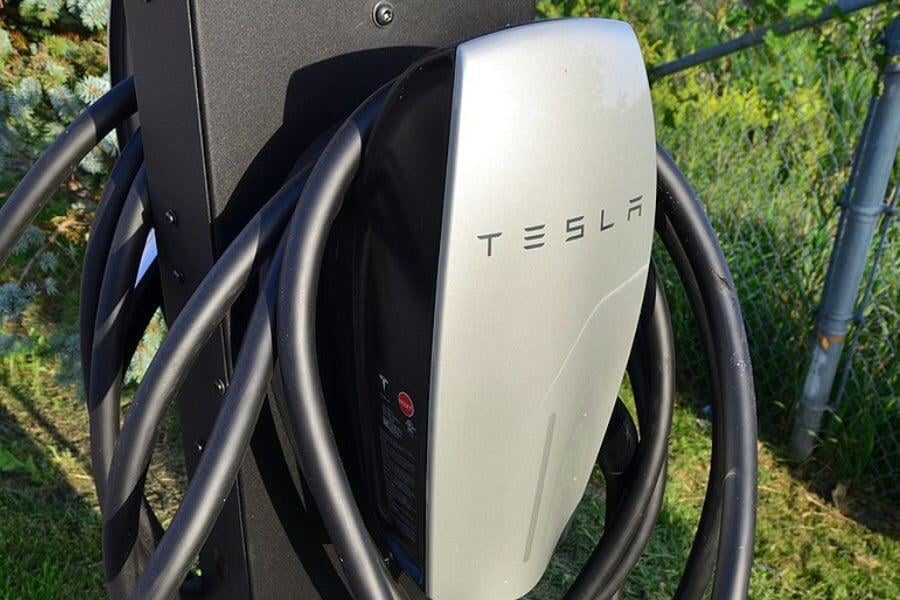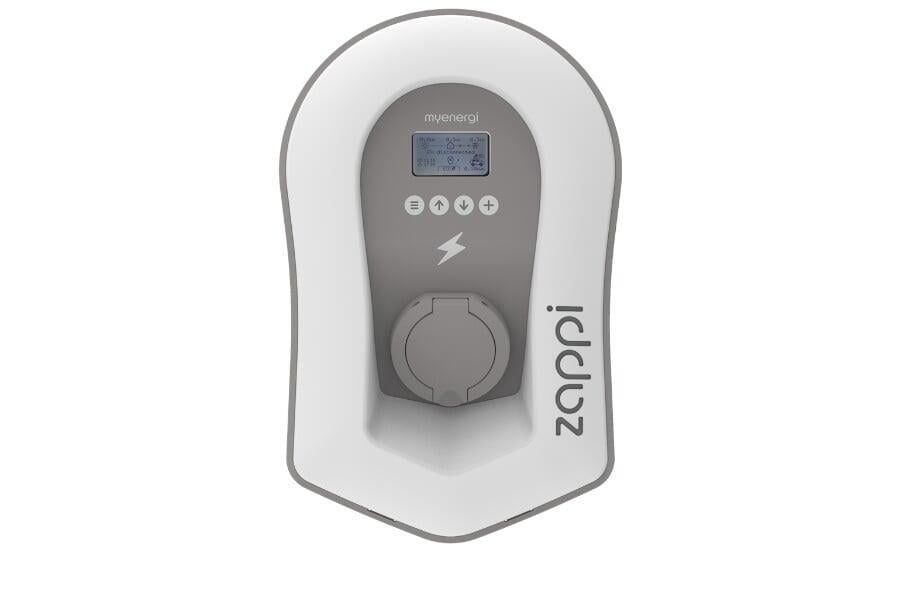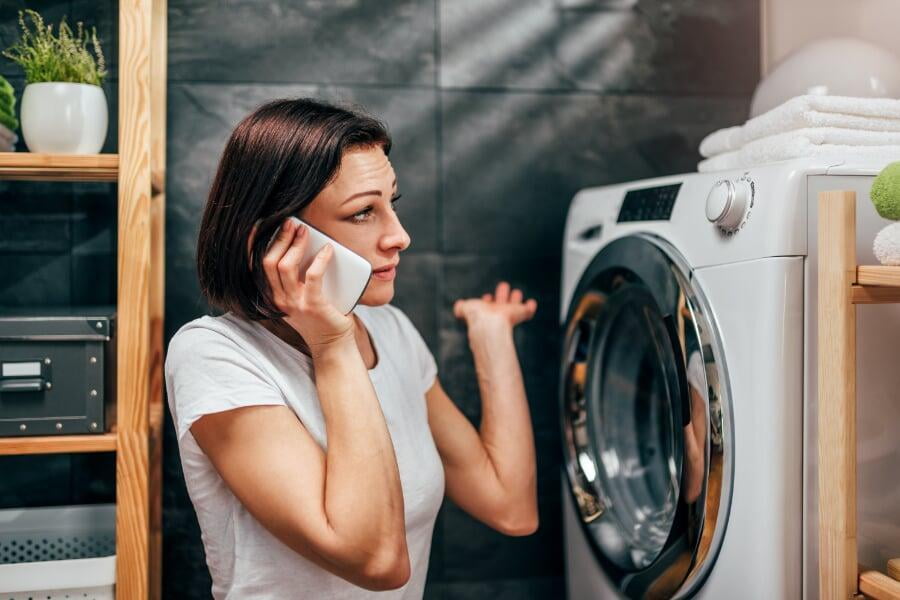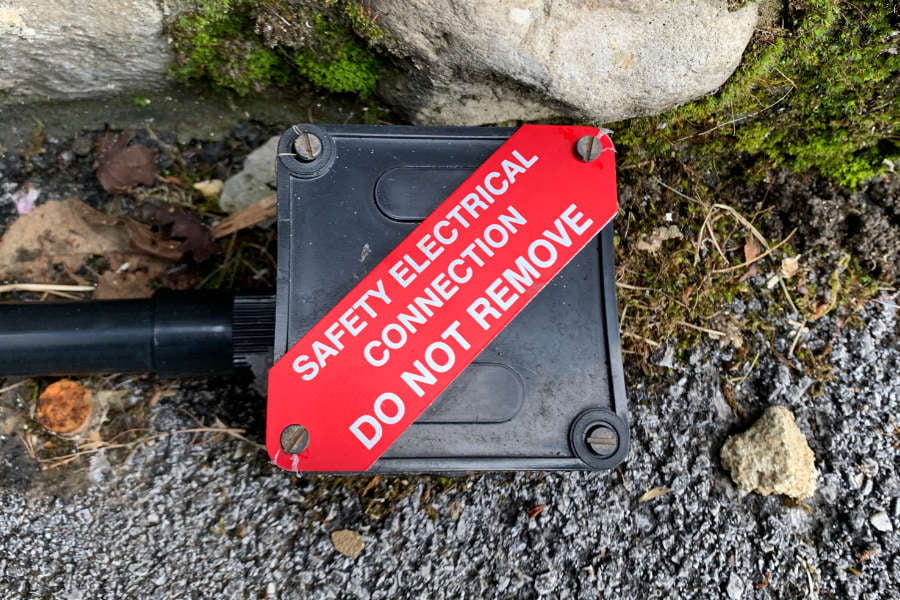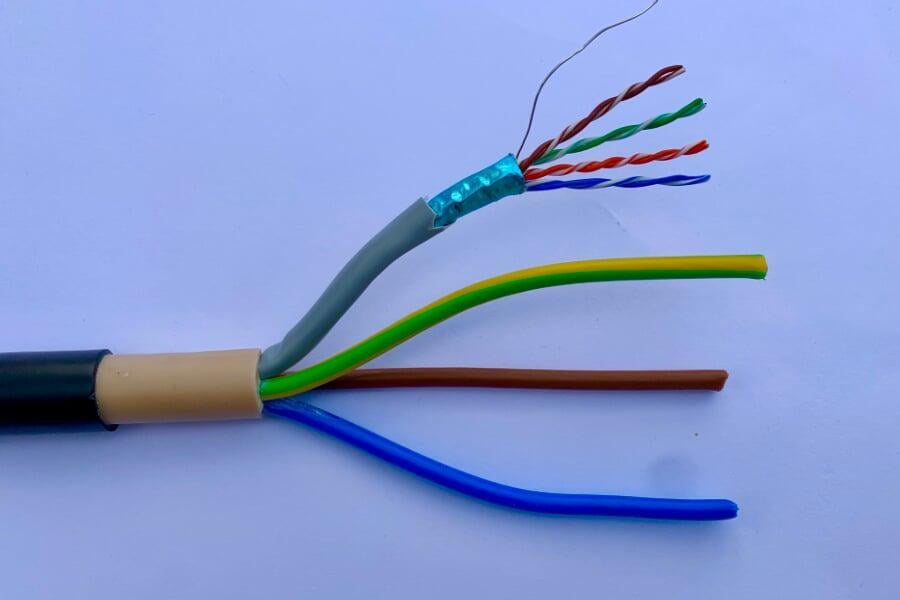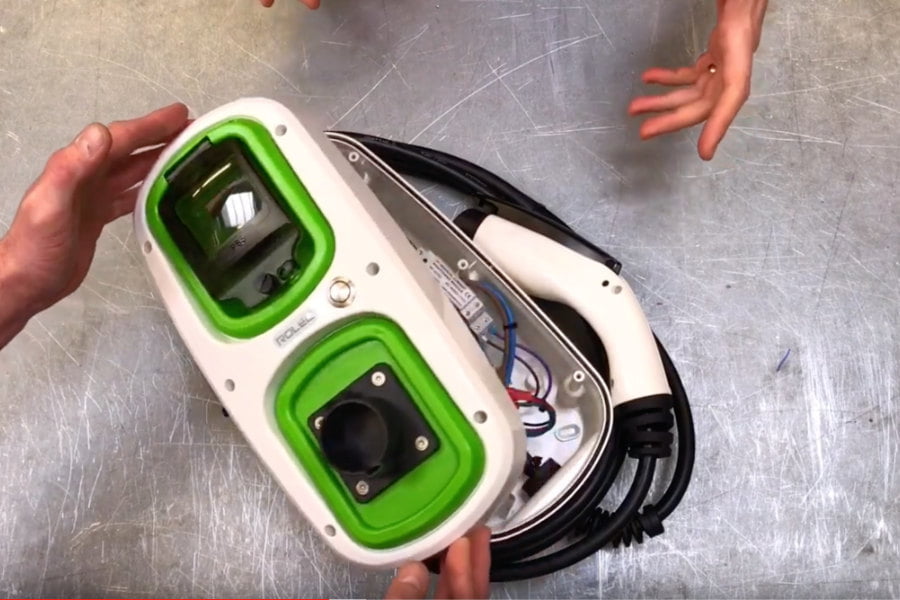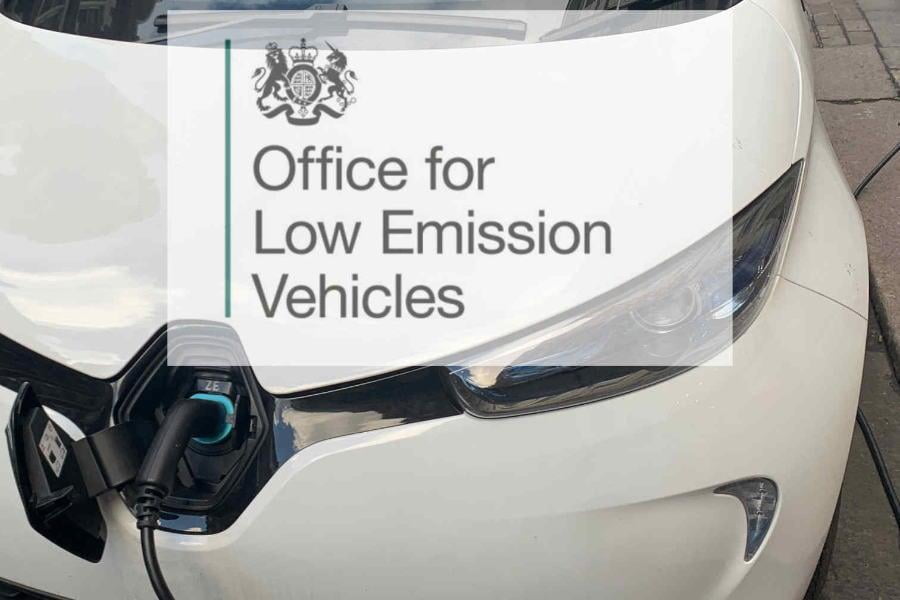Why do we need smart electric vehicle chargers?
From July this year, all home electric vehicle (EV) charge points must use smart technology if you want to pick up a £500 grant from the governments OLEV scheme.
By Gordon Routledge
Thursday 5th September 2019
SHARE IT
Does this change mean that all EV chargers fitted before July were dumb? You could say that in terms of charging - yes. The most basic chargers would tell the car how much power they could supply. Then the car would draw maximum power until the battery becomes fully charged.
This unrestricted access to energy can create a few problems.
Firstly the potential to overload the supply coming into the property. Residential power supplies rely upon diversity. That is, you won't have all the appliances switched on at the same time. Not many people would have a 10kW shower on for an hour, at the same time as an electric oven and washing machine and hairdryer etc. The situation changes with an EV connected as they can draw up to 7kw continuously for more than ten hours. The EV baseload plus a 10kw shower and other appliances would risk exceeding the 23kW (100A) incoming supply and blow the service fuse.
Some EV chargers on the market are already smart, such as the Zappi from Myenergi, which includes technology to monitor the total power demand of an installation. If the power demand of the installation looks set to exceed the 23kW limit, then the EV charger stops or reduces the power going to the car.
The second problem is that the power grid also relies on diversity. That is, we don't shower, cook and have the heating on at the same time. Throw in lots of 7kW EV chargers drawing power for extended periods, and the power grid or local substations may not be able to cope. This growing need for electricity comes at a time when generating capacity to respond to peak demand is becoming more of a challenge. With fewer coal-fired power stations and more intermittent renewables, power grid operators need more tools to manage demand. Managing power demand is the real reason behind the government move to encourage smart EV chargers.
How does this work in reality?
The government announcement introducing the smart charger strategy says:
"Charge points must be able to be remotely accessed, and capable of receiving, interpreting and reacting to a signal. Smart charging can also reduce high peaks of electricity demands, minimising the cost of electric vehicles to the electricity system – and keeping costs down for consumers by encouraging off-peak charging".
In other words, we want your car charger connected to the internet so that we can control it and avoid the need to invest in more power stations and cables. If you choose to opt-out, you'll be paying more for your electricity.
While this may sound a bit Big Brother, in reality, most EV owners already switch to economy seven or dedicated EV electricity tariffs. Using off-peak electricity can half the cost of charging a car. However, a dumb charger connected to a dumb grid relies upon the user to set charging cycles to match the Economy 7 timing.
Smart chargers are becoming part of the broader smart grid. A hundred thousand 7kw EV chargers consume more power than the UK's largest onshore wind farm produces. So being able to use this installed base for demand-side management at grid level is a useful tool for grid operators. Demand-side management works both ways. EV chargers can be turned down during peak demand, but also, turned up when excess renewables are in the system. So users pay the penalty for charging during peaks but get encouraged to take power when it's readily available. This approach will open up incentives for consumers and new business models for charge point manufacturers. A manufacturer or installer with thousands of charge points under their umbrella can sell this demand as part of the wider energy market.
What does this mean for charge point installation?
EV charge points used to need just a mains cable. Now they need mains plus a way to enable internet connectivity. EV Charger manufacturers are approaching this in different ways, but each method has trade-offs to consider.
Video: Tom Pollard of Rolec talks us through their new EV smart charger strategy
Rolec smart chargers use a SIM card and mobile phone network. This approach avoids the need to interfere with the consumer's internet, but signal strength can be weak in rural areas.
Zappi by Myenergi uses a proprietary wireless protocol to connect via a hub installed in the property. Wireless signals can struggle to reach outdoor installations, so careful siting of the hub may be required.
The Andersen A2 uses a hardwired connection over ethernet connecting to the user's internet router. While providing a guaranteed link, the cable routing back to the internet router could be a challenge.
